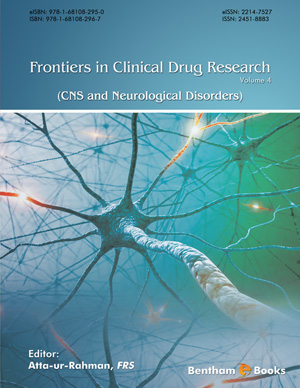Abstract
The last few decades have witnessed a major progress in migraine treatment based on novel clinical findings as well as advanced pathophysiological understanding of the disease. Studies focusing on the activation of trigeminovascular system during migraine attacks complemented by identification of several genes related to migraine susceptibility have elaborated the role of dural neurogenic inflammation, nociceptive sensitization mechanisms and cortical spreading depression in migraine pathophysiology. Triptans and CGRP antagonists have emerged as novel migrainespecific agents for acute attack treatment although clinical use of CGRP antagonists is hampered by their side effects. Several unrelated classes of drugs ranging from betablockers to antiepileptics have been identified to be effective for migraine prophylaxis. A wide variety of novel targets including CGRP, glutamate receptors, nitric oxide synthase are in drug development pipeline for both acute as well as prophylactic treatment. Availability of a wide range of experimental and human models of migraine is promising in facilitating this progress. This chapter will focus on the current and future therapeutic agents for acute and prophylactic migraine treatment and their mechanisms of action.
Keywords: Antiepileptics, CGRP antagonists, Drug treatment, Headache, Migraine, Neurogenic inflammation, NSAIDs, Spreading depression, Trigeminovascular system, Triptans.






















